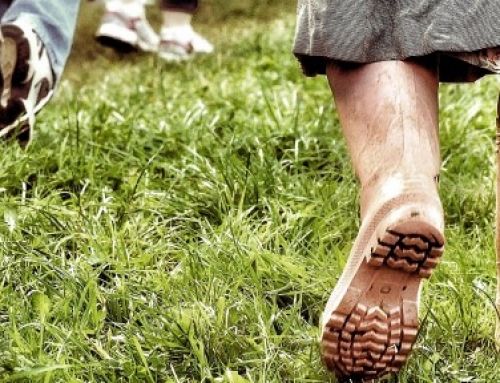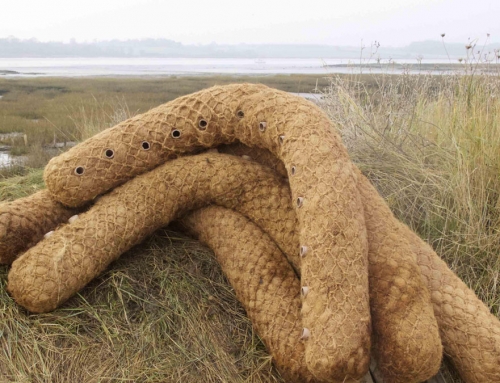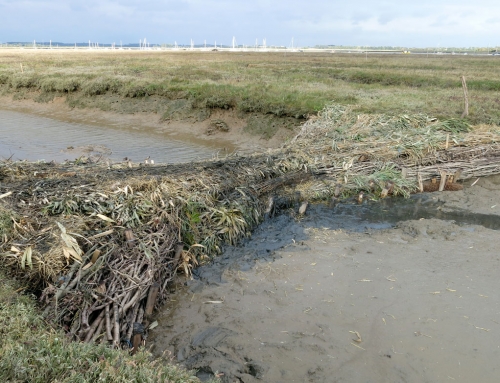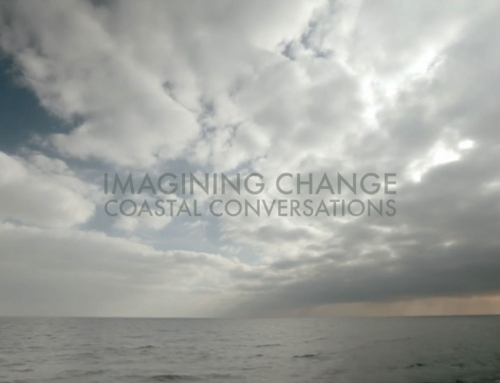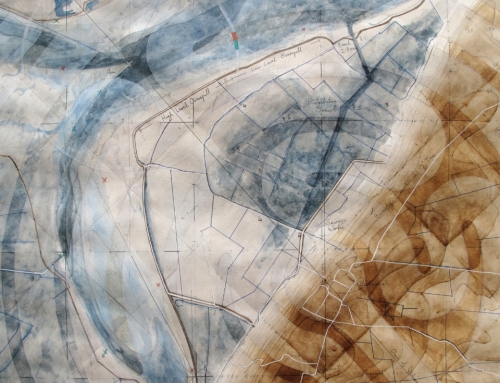This was a project generated by an initiative from the Photographers Gallery, London, to explore ways in which photography might be used as a component of an external public artwork. One of the sites was the Felixstowe seafront and since I know that coast very well I decided in collaboration with Ros Conway to propose a work, which emphasised the relationship between the North Sea, the Suffolk Coastline and navigation.
At the end of the 19th century as you are well aware, the East Coast played host annually to a vast fleet of fishing vessels following the Herring. It is in memory of this and of the other shipping such as Thames Barges, Collier Brigs and Coasting schooners, seen on a daily basis immediately offshore, that we undertook this work.
The commission breaks down to two sections:
A view out to sea cut into the concrete of the seawall as though the wall itself could retain the memory of all that had passed in front of it. Coincidentally, we discovered locally, at a place called Butley Clumps, an avenue of Beech Trees planted at the end of the 18th century upon which there were carvings, distorted now but still discernible, of local beach boats, trawlers and trading vessels.
Evidently these drawings were the product of someone who was connected with the sea because of their immediate and accurate recognisibility
We used these as plaques, reproduced in vitreous enamel, to accompany an open triangle of Scots Pine trees, which we planted on alignments to the buoyage for the approaches to Felixstowe and Woodbridge Haven. The aim is that in the fullness of time, these trees would become visible from the sea and serve the purpose of aids to navigation; transits for the guidance of boats making a landfall.
[justified_image_grid ids=1617,1618,1619,1620,1621,1622,1623,1624 row_height=130]

